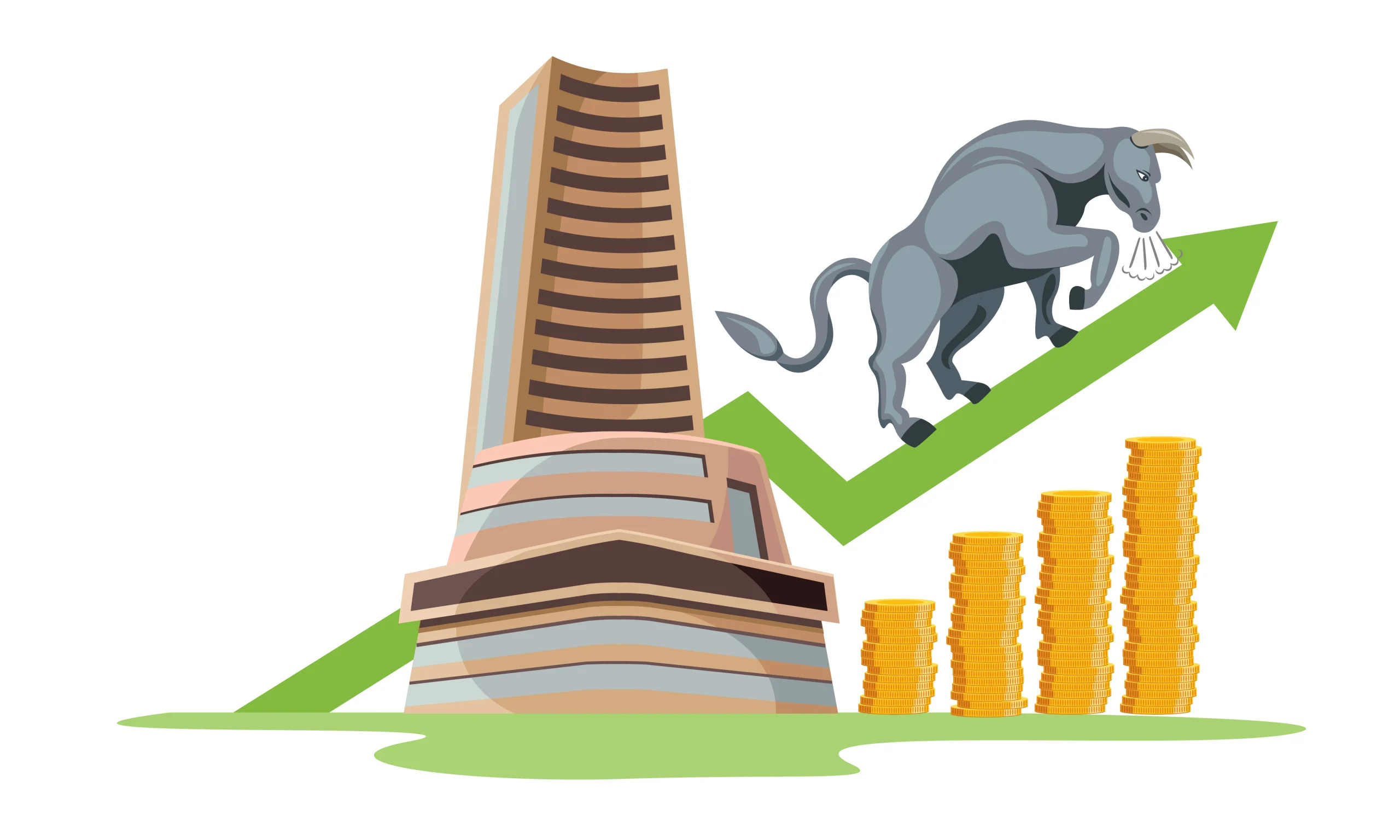
The Indian stock market is shaped by several important companies and actors in the fast-paced world of finance. SENSEX, NIFTY, BSE, NSE, and SEBI are a few of these; they are all vital to the operation and supervision of India’s financial sector. We will examine the characteristics and importance of these organizations in this thorough guide, providing insight into their functions within the Indian stock market.
SENSEX
Introduction
The “Sensitive Index,” or SENSEX for short, is the oldest stock market index in India. 30 of the biggest and most frequently traded stocks are included in it on the Bombay Stock Exchange (BSE).
Features:
SENSEX acts as a gauge of investor mood and the general performance of the Indian stock market.
– It offers a quick overview of the state and prospects of the Indian economy.
– The free-float market capitalization approach is used to create the SENSEX, and each stock’s weight is based on its market capitalization that has been adjusted for the free-float component.
NIFTY
Introduction:
Another well-known stock market index in India is the National Stock Exchange Fifty, or NIFTY. It displays the results of the top 50 businesses that are listed on the National Stock Exchange (NSE).
Features:
– NIFTY offers a diverse perspective of the market by covering a range of Indian economic sectors, such as banking, IT, pharma, and FMCG.
-NIFTY is also determined using the free-float market capitalization mechanism, just like SENSEX.
Bombay Stock Exchange
Introduction:
One of Asia’s oldest stock exchanges is the Bombay Stock Exchange (BSE), which was founded in 1875. It is the first stock exchange in India to receive official recognition under the Securities Contracts Regulation Act, of 1956, from the Indian government.
Features:
– The BSE offers a trading platform for debt securities, mutual funds, stocks, and derivatives.
– It runs on the BOLT (BSE Online Trading) platform, an electronic trading system that makes trading transparent and effective.
National Stock Exchange
Introduction:
India’s first electronic market was founded in 1992 and is known as the National Stock Market (NSE). Since then, in terms of both market value and trading volume, it has become the biggest stock exchange in the nation.
Features:
– The NSE provides exchange-traded funds (ETFs), debt instruments, equity, derivatives, and currency trading.
– It runs on the National Exchange for Automated Trading (NEAT), a reliable trading platform that guarantees quick and effective order matching.
Security and Exchange Board of India
Introduction:
The regulatory organization in charge of policing the Indian securities market is called the Securities and Exchange Board of India (SEBI). It was founded in 1988, and the SEBI Act, which was passed in 1992, gave it statutory authority.
Features:
– Protecting investor interests and advancing the growth and regulation of the securities market are SEBI’s main goals.
-To maintain fair and orderly behavior, it controls stock exchanges, middlemen, and other businesses involved in the securities industry.
Conclusion
SENSEX, NIFTY, BSE, NSE, and SEBI work together to support and shape the stock market dynamics while defending the interests of investors, constituting the core of India’s financial infrastructure. To navigate India’s dynamic and changing financial ecosystem, traders, investors, and policymakers must have a thorough understanding of these entities’ characteristics and importance.



